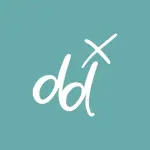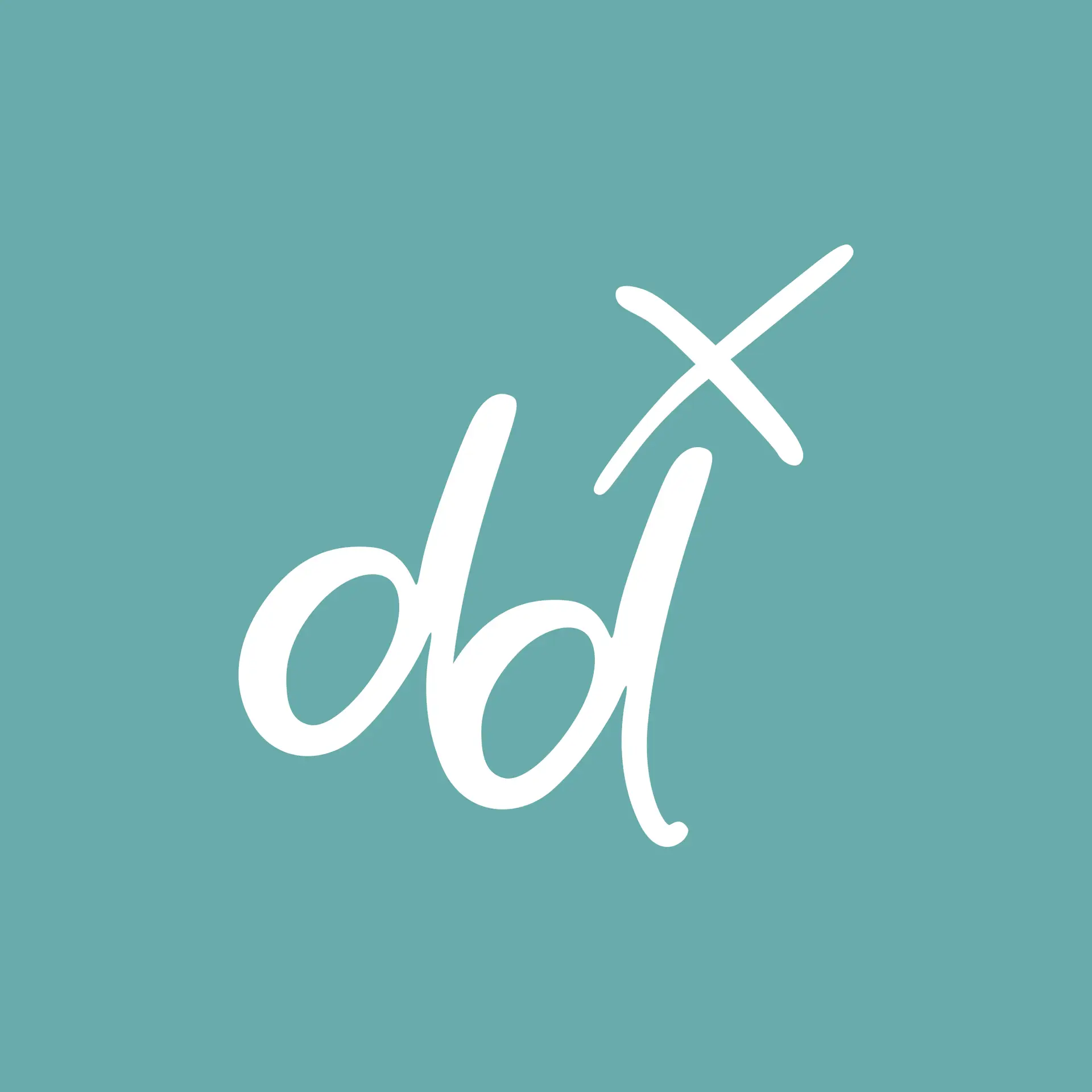Reflections & Hope For The Future of Design
As a design leader, I’ve had the opportunity to be a part of the remarkable journey of the design field over the past decade. This discipline, which is still emerging compared to established fields like software engineering, has tirelessly built its own infrastructure, rapidly enhancing its craft and establishing itself as an integral part of many industries.
Charting Design’s Growth and Navigating Its Challenges
Certainly, the growth has been significant, yet not without its own set of challenges.
Despite seeing encouraging signs like the rise in Chief Design Officers in the C-suite (now around 20% of the Fortune 100), and continuous evidence of the business value of fully-established Design orgs the economic volatility of 2022 and 2023 led to numerous layoffs across Content, UX research, product design.
Often finding ourselves under-leveled to peers, spread thin on scope and understaffed, designers have grappled to keep pace with our more established counterparts in engineering and product. This has resulted in an understandable tax on time-spent on business problems, and in delivering the true value we can provide to businesses. We’ve been too busy fighting to get a seat at the table with our peers, and have in some ways over-indexed on the foundations of building our discipline.
“The balance is off. And the problem is that if managers aren’t actively driving business outcomes, using all their knowledge and expertise and it designers aren’t creating work that not only solves user problems, but meaningfully differentiates your product from a competitors, then all the people focus, work. We care about doing isn’t going to matter because the product won’t exist for long.”
– Cap Watkins, Sr Design Director, Lattice
Reflecting on the journey of the design industry, it becomes clear that we are witnessing a natural evolution, which is not unprecedented in our field. Consider the invention of the Gutenberg press, which fundamentally altered the typography industry. Once typefaces became globally accessible, traditional typographers found their skill set less in demand. Fast forward to the era of computer processing, which allowed us to set type instantly and visualize the end product without the need for printing proofs. This technological leap catalyzed a significant shift in the industry once again.
We’ve traversed these transformative crossroads before, and our adaptability as an industry has been our greatest asset. We, as designers, have the ability to envision endless possibilities and the creativity to shape our future. As we navigate this strange and challenging time in our industry, it’s important to remind ourselves of our resilience. Take a deep breath, let out a sigh, and shake off the uncertainty. We are problem solvers and creative thinkers, and I have the utmost confidence that we will move forward, emerging from this period even more balanced and successful than before.
This optimistic perspective is not mere conjecture, but a reflection of our industry’s history and potential. With the challenges faced and the curveballs thrown our way, we’ve managed to grow and adapt time and time again. We are not just survivors; we are innovators and pioneers, always ready to face the challenges of a new era. As we continue to navigate the future of design, we do so with the knowledge that our industry has weathered storms before, and each time, we’ve emerged stronger.
Everyone can Design, or can they?
Design organizations are growing and evolving alongside the widespread democratization of design. Nowadays, non-trained professionals can easily create reasonably high-quality material. Tools like Canva, which utilize artificial intelligence and designer-made templates, have significantly raised the quality of work that the average individual can produce.
The rapid advancement of generative AI image tools is changing the field of design, illustration, and creation. We’re right in the middle of this transformation, with new capabilities emerging weekly. As a result, the gap between what experienced designers and the general public with minimal technical skills can create is narrowing. This evolution is altering our perception of visual design and the expertise necessary to produce artifacts.
However, the output of increasingly similar artifacts and communications may have long-term effects. Design is a thoughtful problem-solving process, not just about visuals, interfaces, end-to-end experiences, or content. It’s about bringing together all these interdependent elements and refining them. As a regular Canva user, the tool simply speeds up my creation process; it doesn’t guarantee the quality of my decisions or creations.
What will be the long-term effects of everyone being a somewhat competent designer? We might see a lack of product differentiation, confusing communications and interfaces, and a resurgence of common usability and accessibility issues that we’ve been addressing for years. There might be some fallout and mess to clean up, but perhaps this is a small price to pay for the swift elimination of repetitive and low-impact choices in design.
Embracing the Convergence of UX and Product
We’re also experiencing an increasing convergence between UX and product, with product management gradually absorbing many user-centered activities traditionally handled by UX designers.
This shift has undeniably influenced staffing decisions and the overall landscape of the design industry, especially with the nexus of power in many organizations sitting with Product talent and not equitably in the subservient UX organizations.
This occurrence is a result of Product Managers aiming for more influence in the business, inspired by thought leaders like Marty Cagan. While striving for autonomy, often defined as being “the CEO of my product”, they have realized the need to demonstrate the value of the product, regardless of the customer problem. This is in contrast to focusing on customer opportunities and user-centric approaches, which stem from thorough and genuine research. Ask yourself – how many Product Managers have you seen championing that their Product be appropriately sunset?
Another noteworthy trend is the movement of UX talent into Product Management roles. This shift is not surprising given the increasing overlap in skill sets and responsibilities between these two domains. As UX professionals gain a deeper understanding of the product life cycle, business strategy, and market dynamics, they are well-equipped to step into Product Management roles, bringing along their user-centric perspective. This transition not only broadens their career horizons but also enhances the product development process by integrating user insights at every stage.
“If you go into the room and narrowly, think about design design design, and if you don’t value the business or understand why you have to move to market quickly, your contribution won’t be felt.”
– Kate Aronowitz, Google Ventures
Steering Design’s Future Course
In this era of rapid change and evolution, it becomes crucial for us, as designers, to comprehend our value and role within the broader business context. We need to think beyond just design, understanding the importance of business outcomes and market dynamics, to avoid repeating the patterns we’ve seen in 2023.
The design field is standing at a crossroads, facing its share of challenges and opportunities. As design leaders, it is up to us to shape its evolution and future by adeptly navigating these complexities and continually adapting to the ever-changing business landscape.


